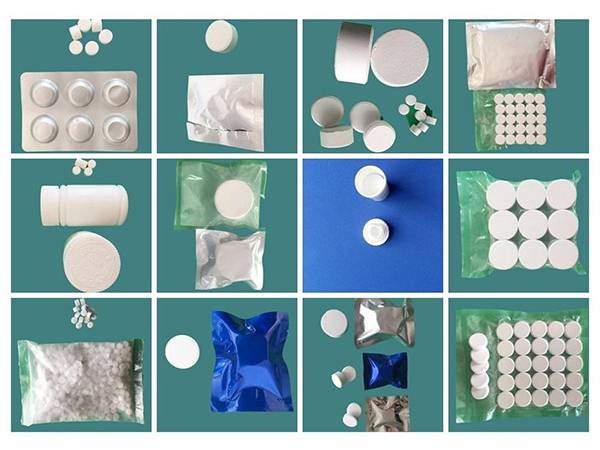



Using Sodium Bisulfate to Adjust Pool pH Levels Safely and Effectively
Understanding Sodium Bisulfate and Its Role in Pool pH Management
Maintaining the right pH balance in swimming pools is crucial for ensuring safe and pleasant swimming conditions. One of the effective chemicals used for regulating pool pH levels is sodium bisulfate, also known as dry acid. This article explores the importance of sodium bisulfate in pool maintenance, how it works, and its benefits for pool owners.
What is Sodium Bisulfate?
Sodium bisulfate (NaHSO₄) is a white, granular substance that serves as an acidifier for pool water. It is often favored by pool owners due to its ability to lower pH levels without adding harsh chemicals. Unlike muriatic acid, which is a strong mineral acid, sodium bisulfate provides a more controlled approach to pH adjustment, minimizing the risk of drastic changes in water chemistry.
The Importance of pH Balance
The pH level of pool water measures its acidity or alkalinity, with a scale ranging from 0 to 14. Ideal pool pH levels are between 7.2 and 7.8. When the pH level is too high, the water becomes alkaline, which can lead to several issues including cloudy water, scale buildup on pool surfaces, and irritation to swimmers' eyes and skin. Conversely, low pH levels can cause corrosion of pool equipment and surfaces, as well as discomfort for swimmers. Regularly monitoring and adjusting the pH level helps maintain a safe and enjoyable swimming environment.
sodium bisulfate pool ph

How to Use Sodium Bisulfate
Using sodium bisulfate is relatively straightforward. Pool owners should first test the water to determine the current pH level. If the pH exceeds the recommended range, sodium bisulfate can be added. The product should be slowly sprinkled across the surface of the pool water or dissolved in a bucket of water before being evenly distributed to avoid concentrated areas that may affect water chemistry.
The general guideline for sodium bisulfate dosage is approximately 1 pound per 10,000 gallons of water to lower pH by about 0.2 units. Adjustments should be made gradually, allowing time for the water to circulate before retesting.
Benefits of Using Sodium Bisulfate
Sodium bisulfate offers several advantages for pool maintenance. Firstly, it is safer to handle than stronger acids, reducing the risk of harmful reactions. Secondly, it dissolves quickly in water, allowing for rapid pH adjustment. Lastly, its use helps prevent the growth of algae and bacteria, contributing to overall water clarity and cleanliness.
In conclusion, sodium bisulfate is an effective and safer alternative for pool owners aiming to manage pH levels. By understanding its use and benefits, pool enthusiasts can ensure their swimming environments remain safe, comfortable, and welcoming for all. Regular testing and adjustment using sodium bisulfate can lead to a well-maintained and enjoyable pool experience.
-
Why Strontium Carbonate Still MattersNewsJun.06,2025
-
Why BaSO4 MattersNewsJun.06,2025
-
Why Barium Carbonate Still MattersNewsJun.06,2025
-
Strontium Hydroxide: A Versatile Compound for Modern ApplicationsNewsJun.06,2025
-
Strontium Chloride in Daily IndustryNewsJun.06,2025
-
Pure Potassium Nitrate for SaleNewsJun.06,2025
-
What Is Sodium Bisulfate Used For?NewsMay.15,2025










